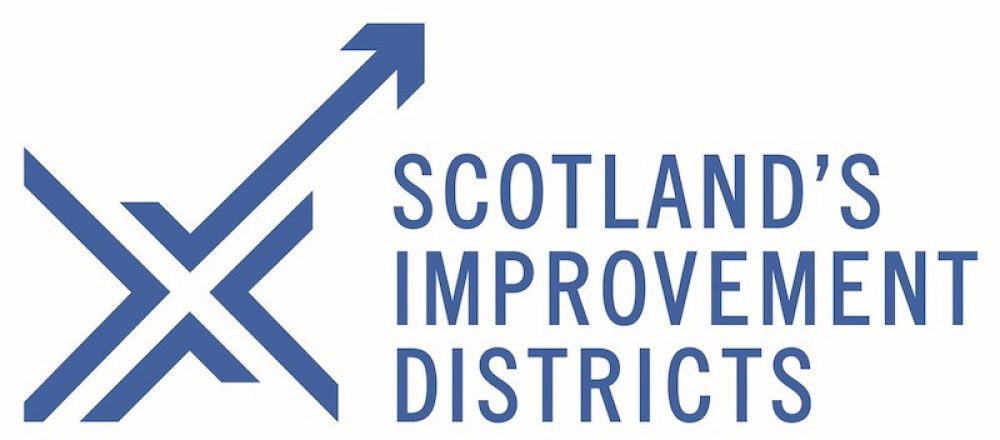Improvement Districts (BIDs)
Improvement Districts - originally known as Business Improvement Districts or BIDs for short - were launched in Scotland in 2006.
With nearly forty in existence across Scotland and many more under development, BIDs have a strong track record of delivery over the last ten years. They vary in scale and membership. Whilst many are focused on town centres, some concentrate on specific sectors like tourism or the night-time economy. Others look at whole towns.
The legislation governing BIDs also enables community organisations, as well as businesses, to get involved. This means that community organisations, such as community councils, can become members of improvement districts and have a say in what they do.
The strength of improvement districts is their simplicity. Having first agreed a business plan which sets out what the improvement district will do and how much it will cost, businesses within the improvement district area must vote before it can be established. If the vote is successful, the improvement district begins and businesses pay agreed contributions for 5 years – normally through a levy on their rates – which are used to implement the business plan.
Once the improvement district has been established, a small team of paid staff usually works with local businesses to deliver the business plan.
After 5 years there must be a new business plan and a fresh vote for the improvement district to continue.

BIDs are normally structured as a private company limited by guarantee, although they could also be a CIC (Community Interest Company) or SCIO (Scottish Charitable Incorporated Organisation) – click here for more information on these different governance models.
If you want to find out more about how improvement districts work, check out this online booklet (0.3mb PDF) from ImprovementDistricts.scot.
Why set up a BID?
The main benefits of setting up an improvement district are:
- It creates additional resource and investment to improve the town centre.
- It creates a ‘delivery vehicle’ which can lever in additional external resources.
- It brings partners and stakeholders together.
- It is democratic and transparent, and governed by national legislation.
- Members choose what will be best for their town centre – it’s flexible in relation to local circumstances and opportunities.
- Levies can be tailored to suit local business circumstances – e.g. a percentage of Non Domestic Rates, a banding system based on rateable value, or based on turnover or number of employees.
- Once in place, there are no free-riders (everyone pays).
- The improvement district can last up to five years, giving continuity.
- Other partners can contribute on a voluntary basis.
Bear in mind that:
- Setting up a BID can be complex and time consuming – although there is help on hand from the national advisory body, Scotland's Improvement Districts.
- There are formal company and reporting requirements.
- Company structure can limit public and charitable funding opportunities.
- If some local businesses become strongly opposed to the improvement district and its business plans, they can be divisive, particularly in smaller towns.
- Every improvement district needs to re-ballot after 5 years, which needs to be taken into consideration when planning projects.
Improvement districts tend to work best when:
- There is a recognised need for investment or improvement in the local area.
- There is a strong team of business leaders who can work alongside the local authority and other public sector counterparts to develop and deliver a strategic and joined-up vision.
- Good BID staff to deliver the business plan.
- Everything is open and transparent and the improvement district is seen to be making a difference.
- They complement strategic investment in town centres by local authorities and others.
Support and resources
The national advisory body Scotland's Improvement Districts has a huge amount of information about how to set up and run a successful improvement district.
If you browse through the News section of their website, you’ll get a flavour of the different things that improvement districts are doing in town centres around Scotland – from organising festivals to helping businesses to grow.
There are regional networks of improvement districts to support each other. Funding is usually available to help with the costs of setting up new improvement districts.